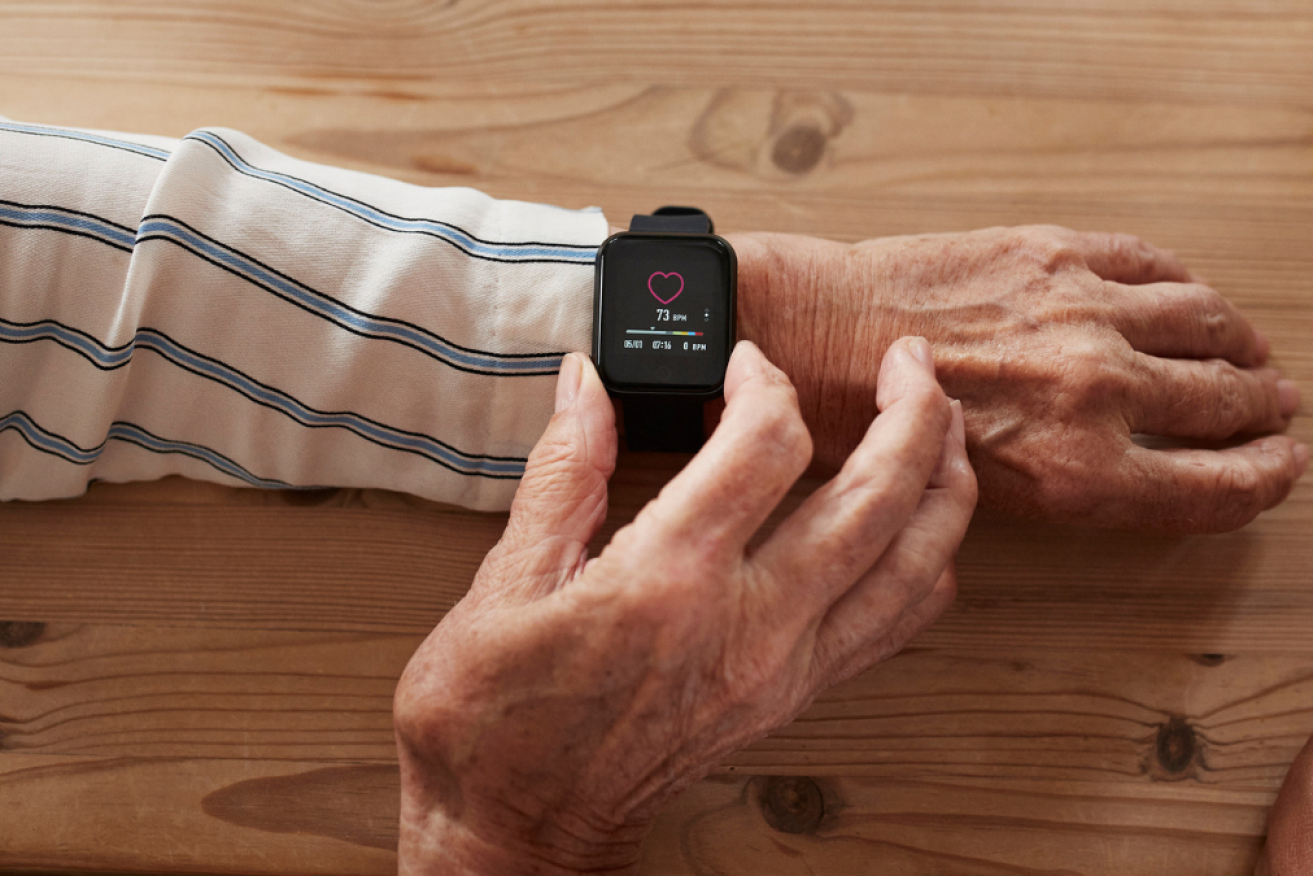Smartwatch tech detects Parkinson’s seven years before doctors can identify it


Would you want to know about Parkinson's disease early? Photo: Getty
By the time you are formally diagnosed with Parkinson’s disease, a significant number of brain cells that control movement and balance are dead or impaired.
It’s these cells, in an area of the brain called the substantia nigra, that produce dopamine, best known as the feel-good neurotransmitter, but also one involved with learning (especially re-inforcement), attention, mood, heart rate and kidney function.
While dopamine substitutes, or agonists, prop up the brain’s functioning, the damage done is irreversible.
Hence, the great need for an earlier detection method that might allow researchers to get a jump on Parkinson’s pathology before it becomes an issue that is otherwise managed with hope and drugs.
Is the answer in your smartphone?
UK researchers have successfully used smartphone and AI technology “to identify people in the general population who were most likely to develop Parkinson’s disease”.
It might be truer to say that the technology detected when Parkinson’s had already invisibly taken hold.
The study was able to predict Parkinson’s developing up to seven years ahead of diagnosis among the study participants.
It also predicted when the diagnosis would be made.
One awkward question: Given there is no early intervention treatment as yet, would you want to know?
What’s the idea behind the study?
Alongside tremor and rigidity (or stiffness), slowness of movement is one of the main symptoms of Parkinson’s. But when does this slowness begin to develop?
Could it be possible to detect the first faint signs of this slowing down?
Could measuring acceleration, or speed of movement, reveal who had already, cluelessly, begun to develop Parkinson’s? That’s the basis of this study.
Co-author Dr Kathryn Peall, a clinician-scientist fellow at Cardiff, put it this way:
“We know that as Parkinson’s disease develops, there are changes to the speed of movement, so we investigated whether accelerometry could work as a prodromal marker for Parkinson’s disease, and ultimately allow for earlier diagnosis.”
Prodromal markers represent indicators of early neuro-degeneration.
How they made their findings
Data was collected from 103,712 UK Biobank participants who wore a medical-grade smartwatch for a seven-day period.
(The sampling occurred between the years 2013 and 2016.)
The devices measured average acceleration, or speed of movement, continuously over the week-long period.
Analysis of the smartwatch data by machine learning revealed that it was possible to identify participants who would later go on to develop Parkinson’s disease.
The machine learning model was able to predict when the diagnosis would be made. That is, how long a person had before their lives tipped from normality into something much harder.
How accurate were these findings?
The researchers compared data from accelerometry to models based on genetics, lifestyle, blood biochemistry and prodromal symptoms.
None of these other data type performed better than accelerometry in predicting whether someone would develop Parkinson’s disease.
Dr Cynthia Sandor, a co-author of the new paper, said:
“To our knowledge, this is the first demonstration of the clinical value of accelerometry-based biomarkers for prodromal Parkinson’s disease in the general population.
“Our results showed a pre-diagnosis reduction in acceleration was unique to Parkinson’s disease and was not observed for any other disorder that we examined.”
She said the findings suggest “that accelerometry could be used to identify those at elevated risk for Parkinson’s disease on an unprecedented scale”.
The researchers acknowledge that a limitation to the study is the lack of replication using another data source. There are no other comparable data sets that would allow for similar analysis.
However, they note that “extensive evaluation was performed to mitigate any biases”.








